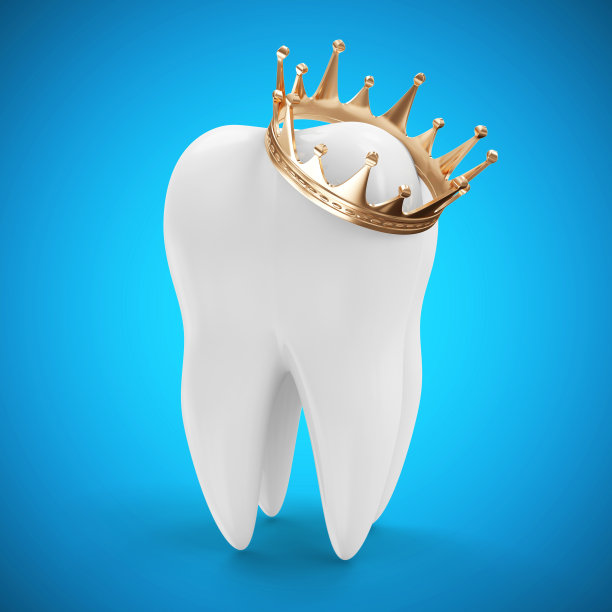Understanding the Process of Extracting a Tooth and Its Importance for Dental Health and Overall Wellbeing
Summary: Tooth extraction is a significant dental procedure, offering relief from pain and preventing further complications. Understanding the intricacies of this process is essential for promoting better dental health and enhancing overall wellbeing. This article delves into the emotional, procedural, and post-extraction aspects of tooth removal, emphasizing its importance for oral care. We will explore why tooth extraction might be necessary, the step-by-step process involved, the recovery phase, and how this procedure contributes to one’s general health. By comprehending these elements, individuals can make informed decisions regarding their dental care, paving the way for improved oral hygiene and confidence.
1. Reasons for Tooth Extraction

Tooth extraction is often a necessary procedure in dental health. There are various reasons a dentist may recommend this intervention. The most common cause is severe tooth decay, which, if left untreated, can lead to infections and complications throughout the mouth. In cases where the damage is too extensive for fillings or crowns, extraction becomes the best option to protect the rest of the dental structure.
Another significant reason for tooth extraction is periodontal disease. This condition affects the gums and can lead to the loosening of teeth. When bacteria invade the gum tissue, they cause inflammation and destruction of the bone that supports the teeth. In such cases, removing the affected teeth can help improve gum health and prevent additional tooth loss.
Additionally, overcrowding is a common reason dentists may advise tooth extractions, especially before orthodontic treatments. By removing one or more teeth, the remaining teeth have adequate space to shift into their correct positions, facilitating the alignment process. This proactive approach not only addresses aesthetic concerns but also contributes to better dental function.
2. The Tooth Extraction Process
The process of extracting a tooth involves several steps to ensure patient safety and comfort. Initially, the dentist will conduct a thorough examination, possibly using X-rays, to understand the tooths condition and the surrounding area. This examination lays the foundation for a tailored treatment plan, ensuring all aspects of the patient’s dental health are addressed.
Once the treatment plan is established, the dentist will administer anesthesia to numb the area around the tooth, alleviating pain and discomfort during the procedure. The extraction can either be simple, where the tooth is visible, or surgical, which is required for impacted teeth. In surgical extractions, incisions may be needed to remove the tooth, especially if it has not erupted fully.
Following the actual removal of the tooth, the dentist will provide care instructions and may place stitches if necessary. The procedure aims to minimize trauma to the surrounding tissues, ensuring a smoother recovery. Professional techniques prioritize the patient’s wellbeing, aiming to prevent complications post-extraction.
3. Recovery After Tooth Extraction
The recovery phase is crucial in the tooth extraction process, as it directly impacts overall healing and comfort. After the procedure, patients may experience swelling and mild discomfort, which can typically be managed with prescribed pain relief medications. It’s essential to follow the dentist’s instructions regarding medication and activity restrictions to promote proper healing.
During the first 24 hours post-extraction, patients are advised to rest and avoid strenuous activities. Following dietary guidelines is also vital; soft foods are recommended to prevent irritation of the extraction site. Additionally, avoiding alcohol and smoking is crucial, as these can hinder blood clot formation and prolong recovery.
Regular follow-up appointments ensure that the dental professional can monitor the healing process. If complications arise, such as excessive bleeding or persistent pain, it is crucial to seek professional help to address these issues promptly. Adhering to recovery guidelines is essential for optimal healing and returning to normal activities.
4. Importance for Overall Wellbeing
Extracting a problematic tooth can significantly improve a patient’s overall health. Addressing dental issues promptly helps prevent the escalation of infections, which can lead to systemic problems affecting other parts of the body. For instance, studies link poor dental health to conditions like cardiovascular disease and diabetes, emphasizing the importance of maintaining oral hygiene.
Furthermore, a healthy mouth boosts self-esteem and enhances social interactions. Many people feel more confident when their dental issues are resolved, reflecting positively on their personal and professional lives. Thus, tooth extraction not only addresses immediate dental concerns but also fosters a sense of wellbeing.
Lastly, maintaining good dental health through practices like regular check-ups, cleanings, and necessary extractions creates a virtuous cycle of wellbeing. By valuing oral health, individuals can ensure a higher quality of life, reduce the likelihood of future issues, and promote a happier, healthier lifestyle.
Summary:
Understanding the process of tooth extraction is vital for anyone facing dental challenges. By recognizing the reasons for extraction, the steps involved, recovery measures, and its implications for overall health, individuals can make informed choices about their dental care. This awareness not only aids in better oral hygiene but also contributes to enhanced personal wellbeing and confidence.
This article is compiled by Vickong Dental and the content is for reference only.



